After the rescue, the team arranged a dinner in honor of Winkie who was basking in her cage while the men drank to her health.
At the beginning of World War II, about 2,000 English pigeon fanciers gave up their pigeons for military purposes so the birds could take on the role of message carrier. Post pigeons were seconded to the National Pigeon Service and even from the Royal Lofts.
Pigeon lofts were built on the bases of the army and the air force, and there were also mobile lofts that moved easily over land.
During the war, the Royal Air Force, the Army, and Civil Defence Services including the Home Guard, the police, the fire service, and Bletchley Park, used almost a quarter of a million birds. Pigeons carried their messages in special containers on their legs or in small pouches on their backs.
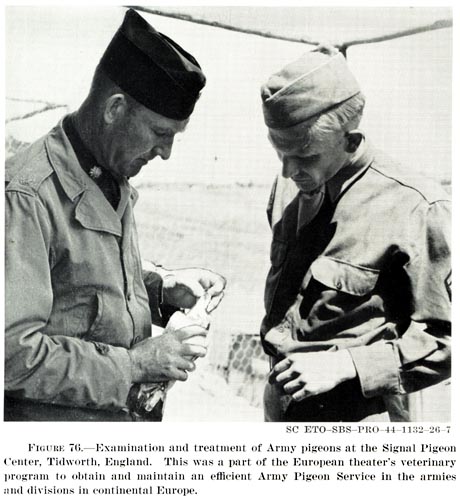
The keeping of pigeons was strictly controlled, including the rationing of feed. Homing pigeons were used by British, American, Canadian, and German troops in various parts of the world during the war — Greece, North Africa, Italy, India, the Middle East, and the Far East.
Often, pigeons were parachuted inside containers to members of the Resistance in Holland, Belgium, and France. However, this method threatened the lives of the birds due to the bumpy landing. Furthermore, members of the Resistance risked being caught with a British pigeon and getting in serious trouble.
On February 23, 1942, the crew of a British Bristol Beaufighter was returning home having completed a mission in the North Sea. However, because of severe damage from enemy fire, the bomber crashed into the sea more than 100 miles from home.
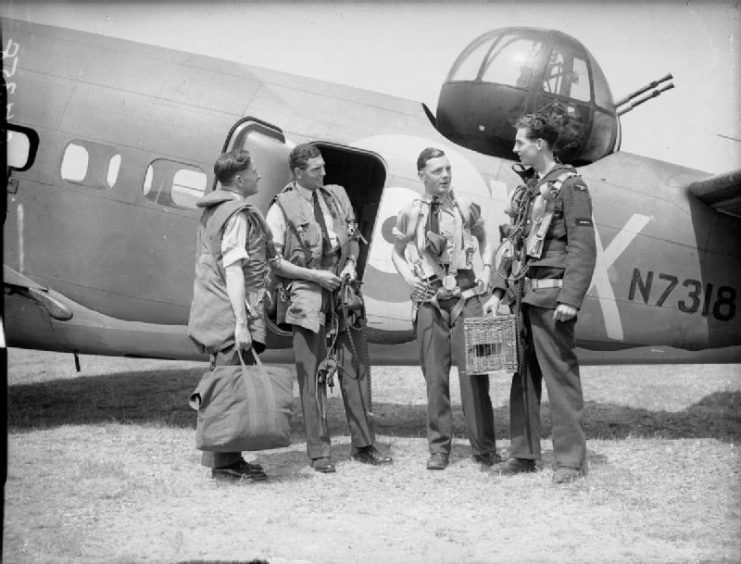
Once in the icy water, the four men did not have the ability to radio an accurate position back to base. The carrier pigeon was the crew’s last hope if they did not want to die a cold death.
So, the blue chequered hen bird, called Winkie, was released in the hope that she would be able to fly home and the air base would be notified of the crew’s plight.
Having flown 120 miles, Winkie returned home to her loft in Broughty Ferry where she was found, covered in oil and exhausted, by owner George Ross. He immediately informed RAF Leuchars in Fife.
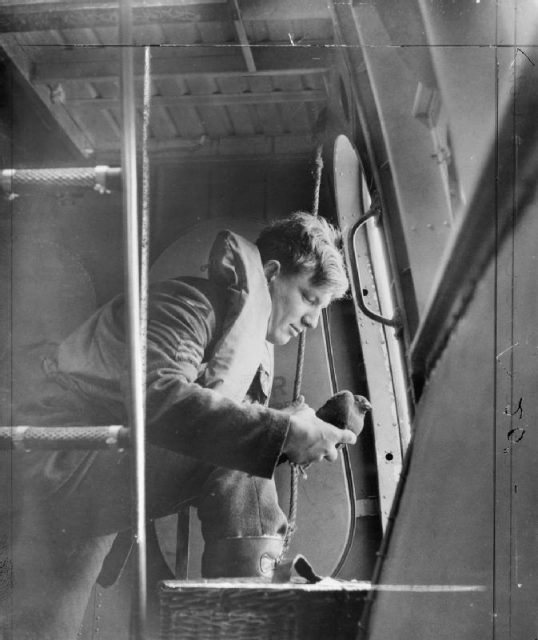
Even though the pigeon did not have a message attached to her, the RAF was able to calculate the position of the downed aircraft.
To do this, they took into account the time difference between the time the plane went down and the time of Winkie’s arrival in the attic as well as the wind direction and the effect that oil on feathers would have on a bird’s speed.
Fifteen minutes after the start of the search and rescue operation, the crew of the aircraft was safely rescued.
Elaine Pendlebury, from the PDSA, considers this story very touching. “These people would have [perished] without this pigeon message coming through.”
After the rescue, the team arranged a dinner in honor of Winkie who was basking in her cage while the men drank to her health.
On December 2, 1943, Winkie, together with pigeons named Tyke and White Vision, were awarded the first-ever Dickin medals for rescuing an air force crew during World War II.
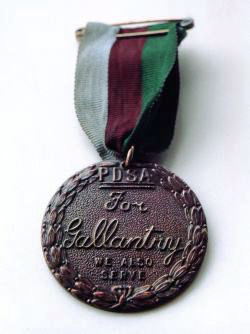
A Dickin medal is awarded to any animal that has displayed “conspicuous gallantry or devotion to duty while serving or associated with any branch of the Armed Forces or Civil Defence Units.” It is a bronze medallion, bearing the words “For Gallantry” and “We Also Serve.”
Winkies citation reads “for delivering a message under exceptional difficulties and so contributing to the rescue of an Air Crew while serving with the RAF in February 1942.”
After the death of Winkie, Ross donated both her and her Dickin Medal to Dundee Art Galleries and Museum.
Between 1943 and 1949, the Dickin Medal was awarded 54 times to 32 pigeons, 18 dogs, three horses, and a ship’s cat. As of October 2018, the medal had been presented 70 times with an additional award to all the animals that served in the First World War.
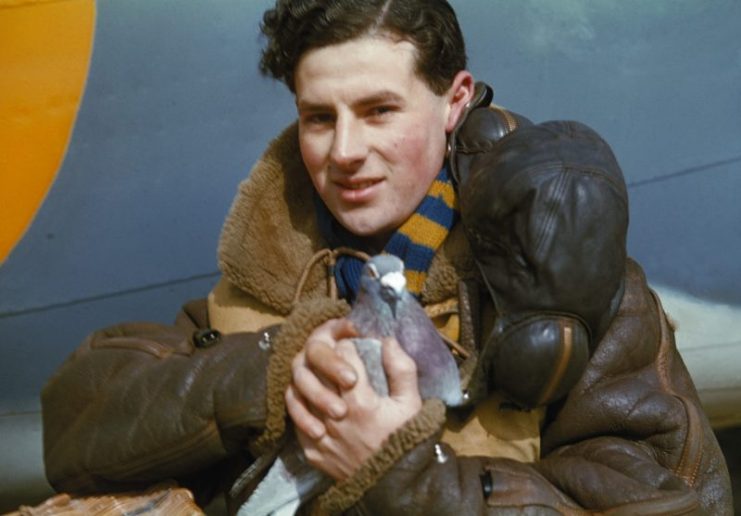
Another feathered friend who deserves special respect is G.I. Joe, a pigeon of the US Army. During the Italian Campaign of World War II, Joe managed to save up to 1,000 lives.
A pigeon was needed to hurriedly convey messages that the village to be bombarded had actually been captured by the Allied forces. G.I. Joe flew a 20-mile distance in an impressive 20 minutes and managed to deliver the crucial message to the air base.
When considering the importance of such birds today, Ms. Pendlebury added: “It is very hard for us with mobile phones and emails… to think about the way communication would have happened in the 1940s in wartime… It was very difficult and the pigeons certainly saved numerous lives by flying through really dreadful situations.”
She went on to say: “I’ve been a veterinary surgeon for quite some time but I find the ones that have won the PDSA Dickin medal, the stories are quite inspiring – above and beyond really.”
